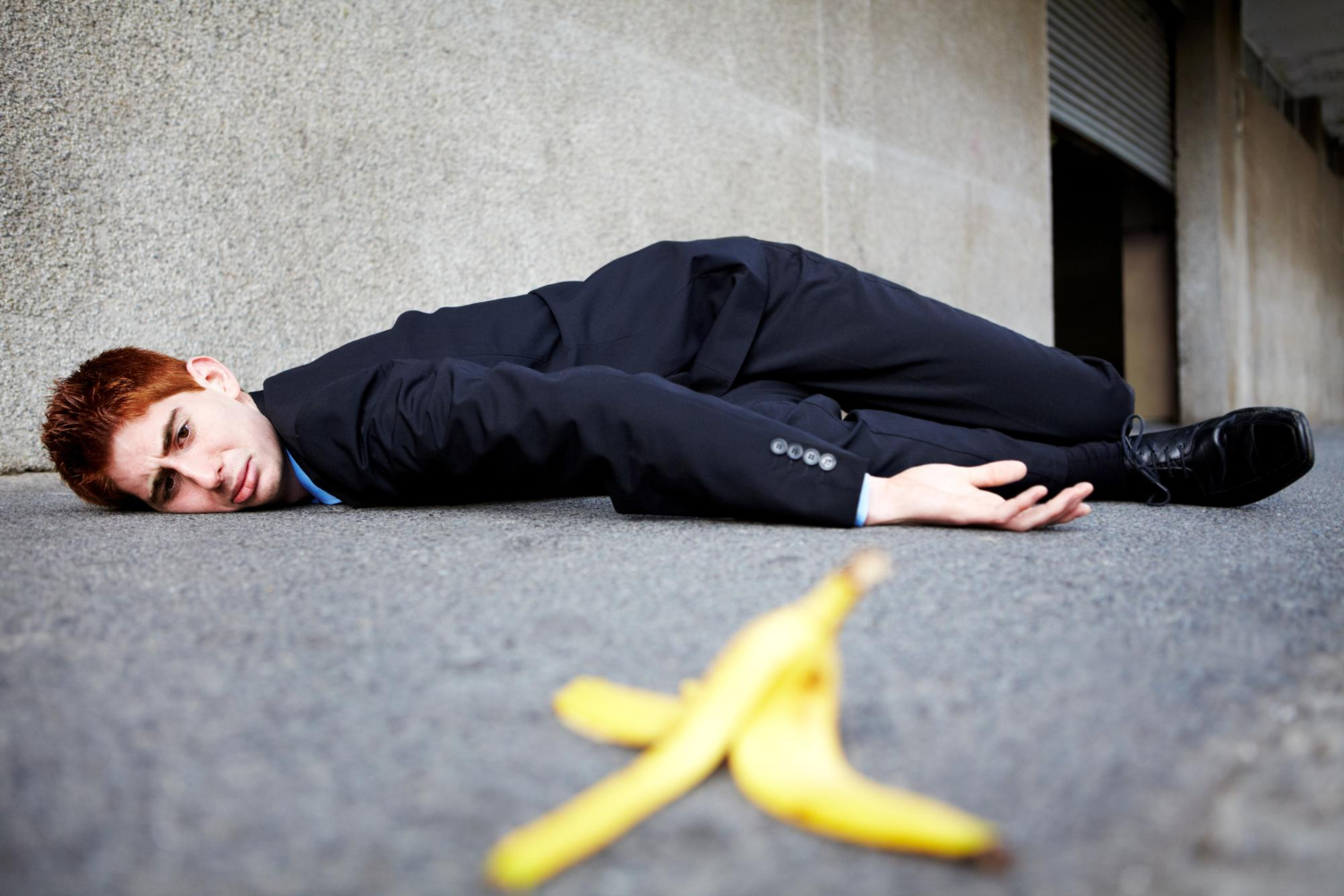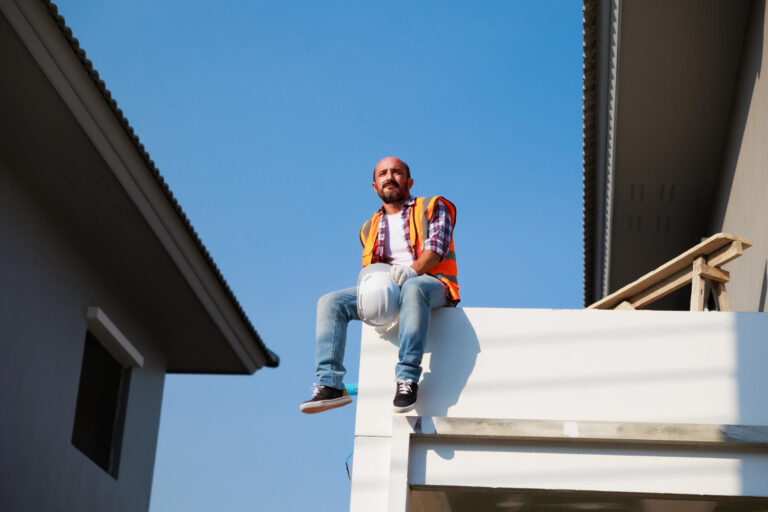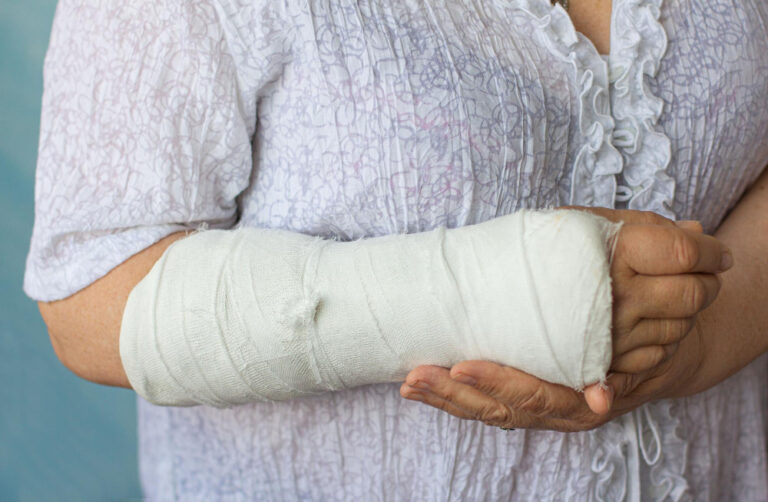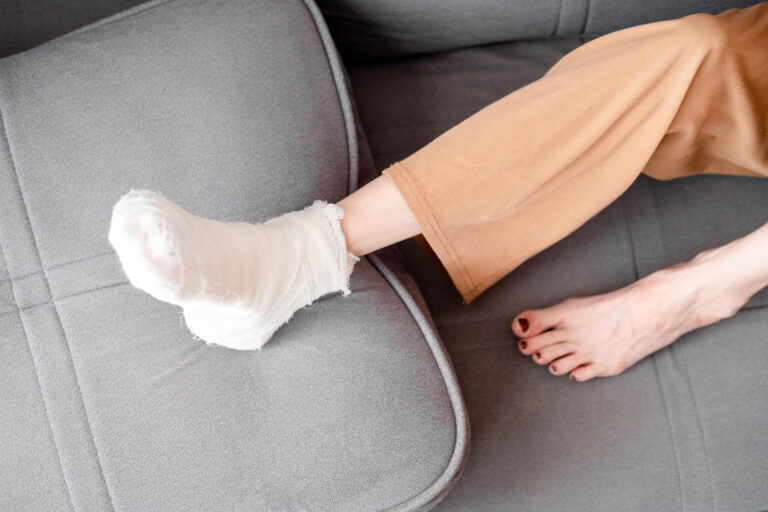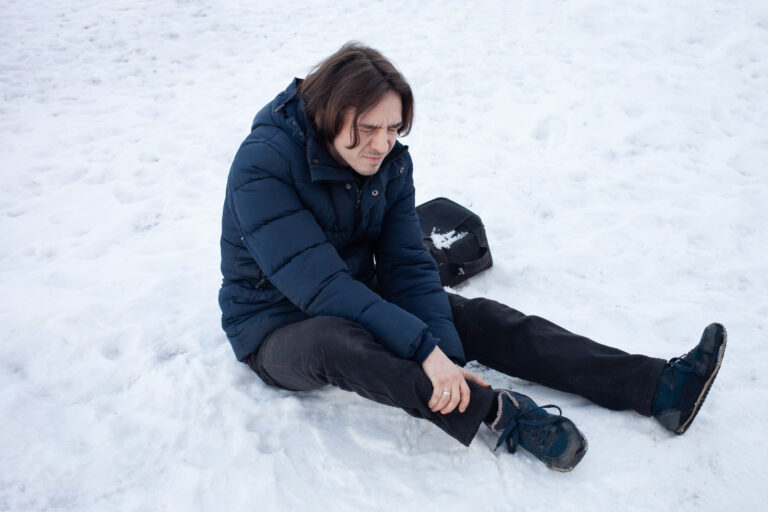Liability in Slip and Fall Accident: Who is responsible?
At LawOfficeOfBrianKelly, we understand that slip and fall accidents can be confusing and stressful. Who is responsible for your injuries and medical bills after such an incident? As experienced lawyers, we will guide you through understanding liability and your rights. Let us help you find peace of mind and the compensation you deserve.
As demonstrated by various legal sources, the property owner is usually liable in a slip and fall accident. They must ensure their place is safe and free of hazards. Liability depends on proving the owner knew or should have known about the danger.
Understanding Slip and Fall Accidents
Slip and fall accidents are most commonly caused by uneven or slippery surfaces, often leading to unexpected injuries and significant healthcare costs.
Essentially speaking, slip and fall accidents can happen in many places, such as at home, work, or in public.
These accidents are often caused by wet or polished floors, ice or snow, loose rugs, poor lighting, and uneven ground. Wearing the wrong shoes can make slipping and falling more likely.
Injuries from these falls can be minor, like bruises and sprains, or more serious, like broken bones, head injuries, and spinal damage. Older adults and people with mobility problems are more likely to get badly hurt from falls.
At the base, to help prevent slip and fall accidents, keep floors clean and dry, clean up spills quickly, secure loose rugs, have good lighting, and be careful on slippery surfaces. Businesses and property owners must keep their places safe and can be held responsible if someone falls due to their negligence.
It’s important to know what causes these accidents and the possible injuries so we can take steps to prevent them and keep everyone safe.
Common Slip and Fall Hazards
Did you know that wet floors, uneven surfaces, loose rugs or carpets, cluttered walkways, poor lighting, and icy or snowy conditions are all common slip and fall hazards?
At the simplest level, wet floors can happen because of spills, leaks, or when an area has just been mopped but not marked with a warning sign. Uneven surfaces like cracks in the pavement, potholes, or loose floorboards can make people trip. Rugs or carpets that aren’t fixed properly can also cause slipping or tripping. Paths cluttered with cords, furniture, or trash can block the way and lead to falls.
At its simplest, poor lighting in hallways, stairs, or parking lots makes it hard to see hazards, increasing the risk of slipping or tripping. In winter, ice and snow create slippery surfaces that can be dangerous for people walking. These common slip and fall risks can happen at home, work, public places, or outside. It’s important to be aware of them to prevent accidents and injuries.
Legal Liability in Slip and Fall Cases
Property owners can be legally liable for injuries from slip and falls on their premises, often leading to significant financial penalties and settlements in personal injury claims.
Predominantly in slip and fall cases, legal liability means that the person who got hurt (the injured party) needs to show that the property owner did not take proper care of their property. For example, the owner might not have cleared ice or debris from walkways, or didn’t put up signs to warn about slippery floors.
If it’s proven that the property owner was careless, they might have to pay for the injured person’s medical bills, lost wages, and any pain or discomfort caused by the accident. However, not every slip and fall leads to the owner being legally responsible. At its simplest, the injured person needs to prove that the owner’s negligence directly caused the fall and injuries.
The property owner can also defend themselves by claiming that the injured person wasn’t paying attention or was acting recklessly when the accident happened.
Proving Negligence in Slip and Fall Claims
Proving negligence in slip and fall claims requires demonstrating that the property owner had a duty of care, breached this duty by failing to maintain safe conditions, and that this breach directly resulted in the accident.
Come to think of it, to show that a property owner was negligent in a slip and fall case, you need to gather evidence like photos of the hazard, statements from witnesses, maintenance records, and any other relevant documents. You must prove that the owner knew or should have known about the danger but didn’t take reasonable steps to fix it.
By and large also, you need to show that the victim was using the property properly when the accident happened. Putting together these pieces helps build a strong case. It’s important to get legal advice to make sure all steps are followed to prove negligence and get compensation for injuries.
Steps to Take After a Slip and Fall Incident
Did you know that seeking medical attention immediately after a slip and fall incident not only helps address any injuries but also provides crucial documentation for any potential legal claims?
- Tell the property owner or manager about the fall, including where it happened and what led to it.
- Collect evidence like photos of the scene, statements from witnesses, and any other relevant documents.
- Think about talking to a personal injury lawyer to understand your legal choices.
- Get medical help for any injuries from the fall.
- Keep track of any costs related to the fall, like medical bills or lost wages, in case you decide to make a legal claim.
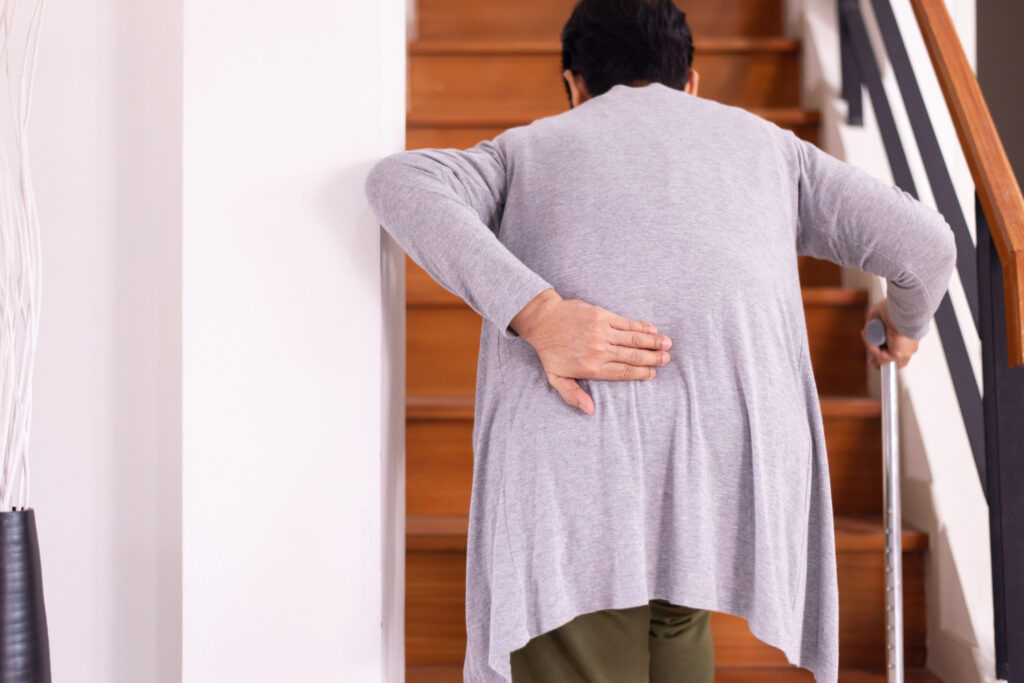
My Concluding Thoughts
In slip and fall accidents, liability can vary depending on the circumstances. Property owners are generally held responsible for maintaining safe conditions on their premises, but individuals who are reckless or negligent may also be liable.
What LawOfficeOfBrianKelly is suggesting to put money into is, it is important for both parties to take precautions and act responsibly to prevent such accidents. Ultimately, liability in a slip and fall accident is determined on a case-by-case basis.

